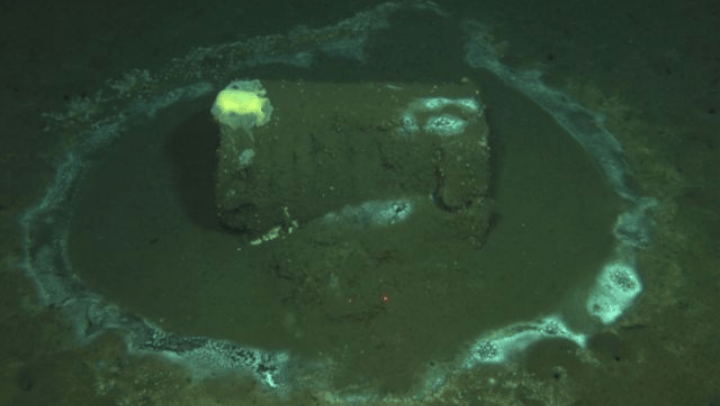Off the coast of Catalina Island, a hidden danger lies beneath the waves: half a million barrels of toxic waste, including harmful levels of DDT, a banned insecticide. The documentary “Out of Plain Sight,” premiering at the San Diego Asian Film Festival on April 25, highlights extensive research led by SDSU professor Eunha Hoh. DDT’s residues are found in marine mammals and can harm the food chain, affecting endangered species and posing health risks to humans. Recent findings suggest ongoing contamination from offshore dumping, drawing attention to this significant environmental crisis, which attracted media inquiry and scientific collaboration.
Not far from San Diego, beneath the unspoiled waters off the coast of Catalina Island, lies a troubling secret. A toxic graveyard of half a million barrels, filled with decades-old industrial waste, is gradually corroding and leaking into the ocean.
It might seem like the premise of a sci-fi horror film, but the alarming truth is laid bare in the compelling documentary, “Out of Plain Sight,” which kicks off the San Diego Asian Film Festival on Friday, April 25.
San Diego State University’s School of Public Health professor Eunha Hoh appears in the film, sharing insights from her groundbreaking research that highlights concerning levels of the pesticide DDT—short for dichloro-diphenyl-trichloroethane—found in marine life and ecosystems in Southern California.
“These chemicals have infiltrated and intensified through the marine food web,” Hoh stated. “We observe effects not only on marine mammals but also on endangered species like the California condor, which relies on marine mammal remains along the coast for food. DDT poses health risks to humans through consumption of seafood.”
DDT is a chemical compound that can break down comparatively quickly. However, decades of research reveal that its byproducts are stable, extremely toxic, bioaccumulative, and biomagnifying—resulting in exponentially higher concentrations as one moves up the food chain.
Disposing of chemical waste was permissible until the 1970s, with numerous sites scattered along Southern California’s coast. Although DDT and its ocean dumping were outlawed over half a century ago, the substance remains a persistent problem today.
“DDT can endure in the environment for many decades, even hundreds of years,” Hoh explained. “What’s more, the breakdown of DDT is significantly slowed in deep ocean environments, where oxygen and sunlight are limited,” she added.
Hoh’s team identified some of the highest levels of DDT ever measured in marine mammals across the Southern California Bight in 2015. They also uncovered “a variety of previously uncharacterized DDT-related compounds—up to 45 distinct substances, including potentially harmful degradation products and byproducts.”
The Southern California Bight is a 430-mile arc of coastline stretching along the West Coast of the United States and Mexico, from Point Conception in California to Punta Colonet in Baja California. It encompasses other Pacific Ocean areas, including California’s Channel Islands, the Coronado Islands, and Baja California’s Islas de Todos Santos.
In the years following Hoh’s findings, David Valentine, a UC Santa Barbara professor, reported similar toxic compounds in sea basin sediments. In 2022, Valentine and Hoh began collaborating on a research project that is ongoing.
“Our findings strongly indicate a continual source of DDT contamination linked to offshore dumping,” stated Hoh.
This alarming discovery and the scale of a potential environmental disaster prompted a wave of scientific and journalistic investigations. The Los Angeles Times published an in-depth report, followed by the LA Times Studio’s documentary, “Out of Plain Sight,” which visually highlights the severity of this submerged environmental threat. Rosanna Xia, an environmental reporter for the Times, was involved as a producer and director for the film.
Out of Plain Sight uncovers details of an ongoing investigation into the effects of DDT just miles offshore from Southern California. It will be showcased at the San Diego Asian Film Festival on opening night, April 25, at 7 p.m. at UltraStar Cinemas Mission Valley.
Premiering in November 2024, the documentary has garnered the Audience Choice Award at the Santa Barbara International Film Festival and the Shared Earth Foundation Award for Advocacy at the 2025 Environmental Film Festival in Washington, D.C.
San Diego State University’s School of Public Health and the SDSU APIDA Center are collaborating partners in the SDAFF.
